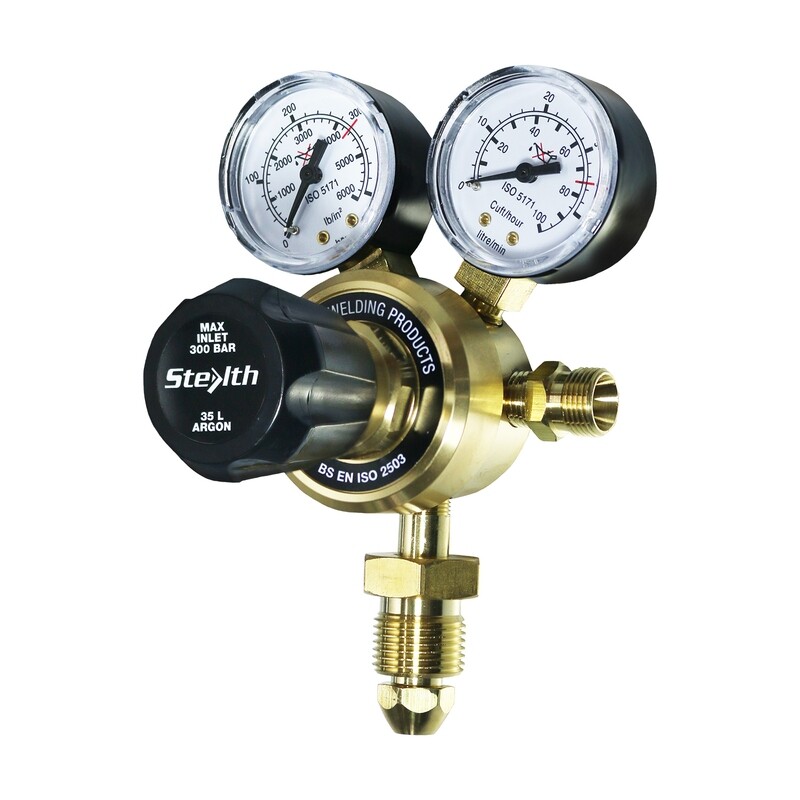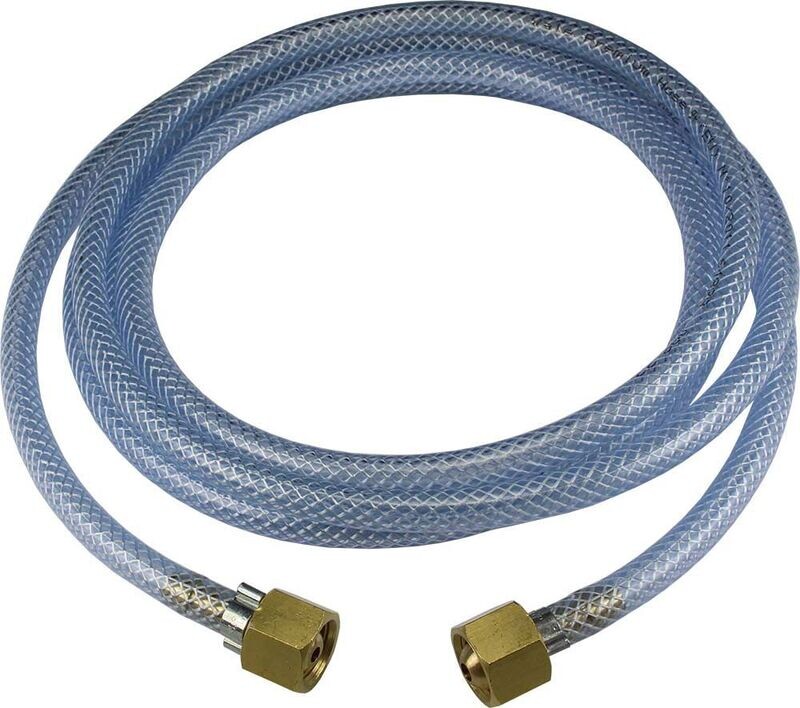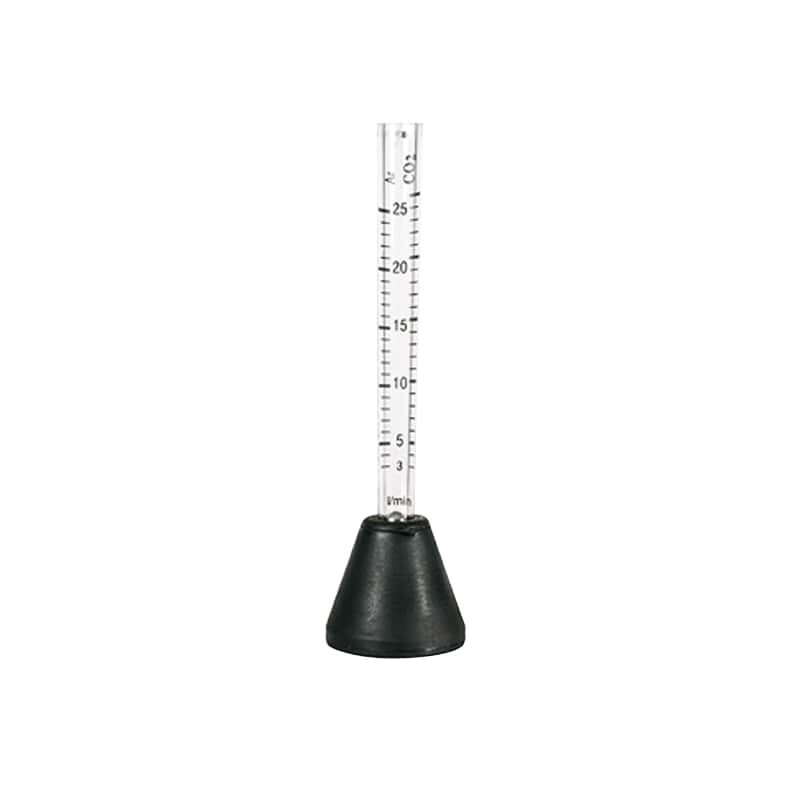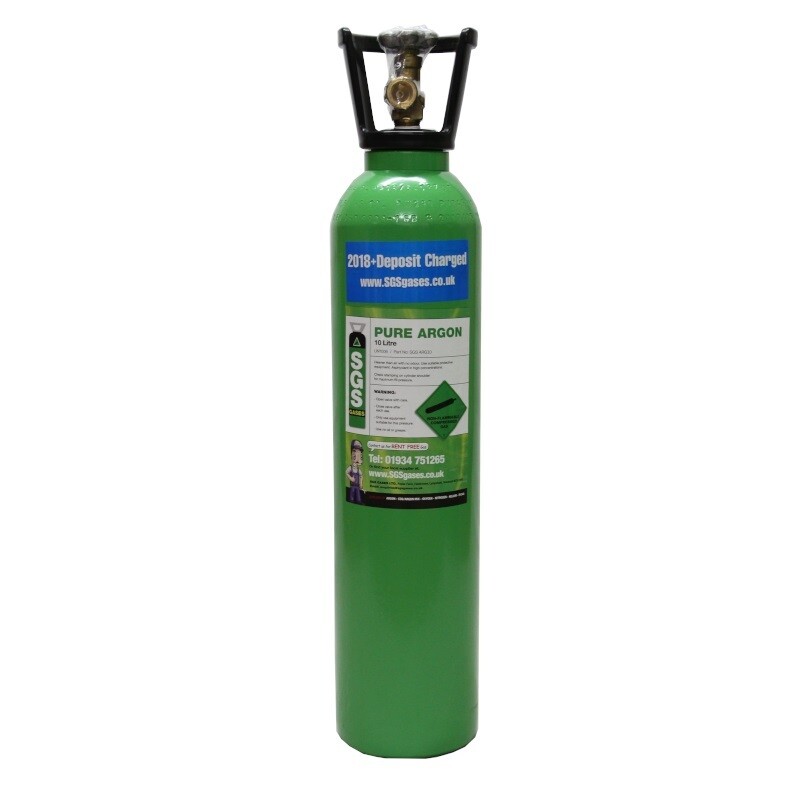Trade Counter Open 8.30am-5pm
MIG WELDING GAS & REGULATORS
MIG Welding Gas & Regulators: Power Up Your Welds
MIG welding, also known as Gas Metal Arc Welding (GMAW), is a popular technique for joining metals. It uses a continuously fed consumable wire electrode and a shielding gas to protect the weld pool from contamination.
But what about the fuel behind the flame? MIG welding gas and regulators are essential elements for a successful weld. This guide will delve into the world of MIG welding gas and regulators, equipping you with the knowledge to choose the right setup for your needs.
MIG Welding Gases: Protecting Your Perfect Bead
MIG welding gas plays a crucial role. It shields the molten metal (weld pool) from atmospheric contaminants like oxygen and nitrogen. These contaminants can weaken the weld and cause spatter. Here are the common MIG welding gases:
- Argon: This inert gas provides excellent weld pool protection for various materials like stainless steel and aluminum.
- Carbon Dioxide (CO2): A cost-effective option for mild steel welding. CO2 creates a deeper penetration but can lead to more spatter and a less stable arc.
- Argon/CO2 Mixes: Combining argon and CO2 offers a balance between cost, weld penetration, and arc stability. Different ratios are used for various applications.
MIG Welding Regulators: Keeping the Flow Under Control
MIG welding regulators are the gatekeepers of the gas flow. They attach to the pressurized gas cylinder and reduce the pressure to a level suitable for welding. Here's what to consider when choosing a regulator:
- Single Stage vs. Two-Stage Regulators: Simple single-stage regulators offer basic pressure control. Two-stage regulators provide more precise control, ideal for critical welds.
- Flow Meter: A flow meter allows you to accurately set and monitor gas flow rate, optimizing weld quality and gas efficiency.
Choosing the Right MIG Welding Gas & Regulator Combo
The ideal MIG welding gas and regulator setup depends on several factors:
- Material you're welding: Different materials require specific shielding gases.
- Machine capacity: Ensure your regulator can handle the gas flow required by your MIG welder.
- Budget: Single-stage regulators are more affordable, while two-stage with flow meters offer greater control.
Pro Tip: Always consult your MIG welder's manual for recommended gas types and flow rates.
Refine by
£80.00 +Vat
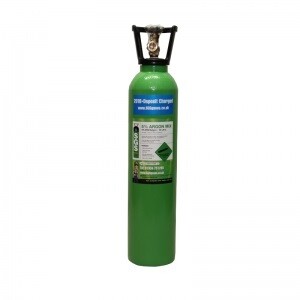
Mig 10L 5% CO2/Argon Cylinders Deposit (SGS)
Mig 10L 5% CO2/Argon Cylinders Deposit (SGS)
Price Does Not Include Gas
£80.00

Mig 10L-20L size upgrade 5% CO2/Argon Cylinders Deposit (SGS)
Mig 10L-20L size upgrade 5% CO2/Argon Cylinders Deposit (SGS)
Price Does Not Include Gas
£20.00

Mig 20L-30L size upgrade 5% CO2/Argon Cylinders Deposit (SGS)
Mig 20L-30L size upgrade 5% CO2/Argon Cylinders Deposit (SGS)
Price Does Not Include Gas
£30.00
£100.00 +Vat

Mig 20L 5% CO2/Argon Cylinders Deposit (SGS)
Mig 20L 5% CO2/Argon Cylinders Deposit (SGS)
Price Does Not Include Gas
£100.00
£130.00 +Vat
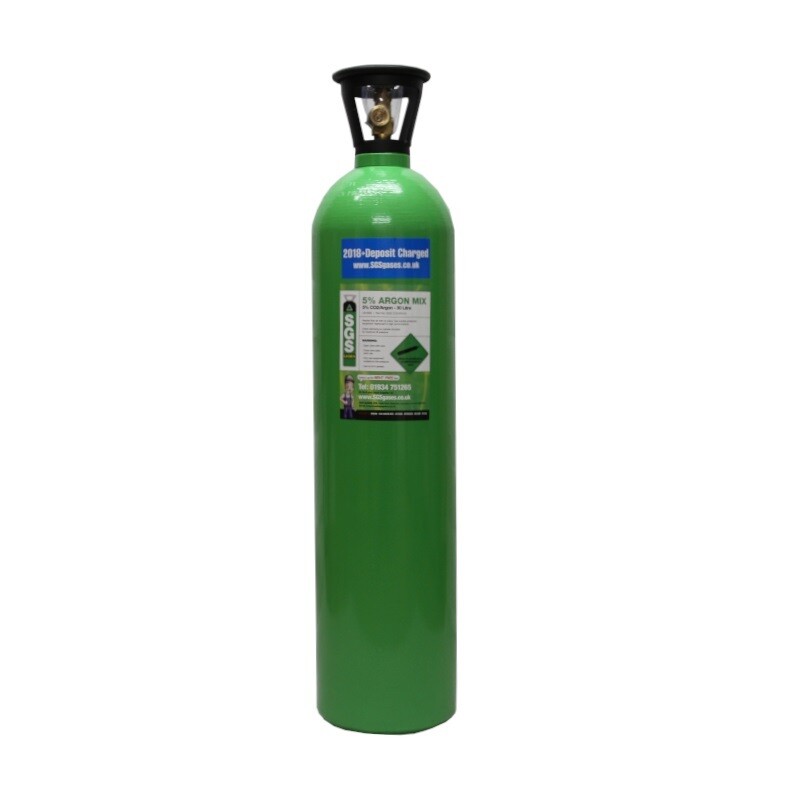
Mig 30L 5% CO2/Argon Cylinders Deposit (SGS)
Mig 30L 5% CO2/Argon Cylinders Deposit (SGS)
Price Does Not Include Gas
£130.00
£18.59 +Vat

SIP Disposable Gas Bottle Regulator
SIP Disposable Gas Bottle Regulator
4mm dia gas hose inlet
£18.59
£17.99 +Vat
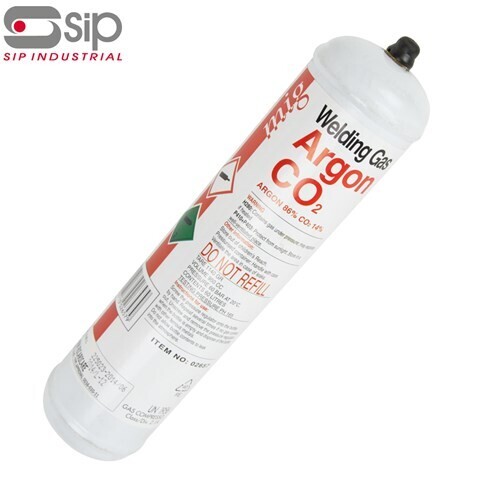
Argon/Co2 Disposable
Gas Bottle
Argon/Co2 Disposable
Gas Bottle
Suitable for Mig Welding
£17.99
£80.00 +Vat
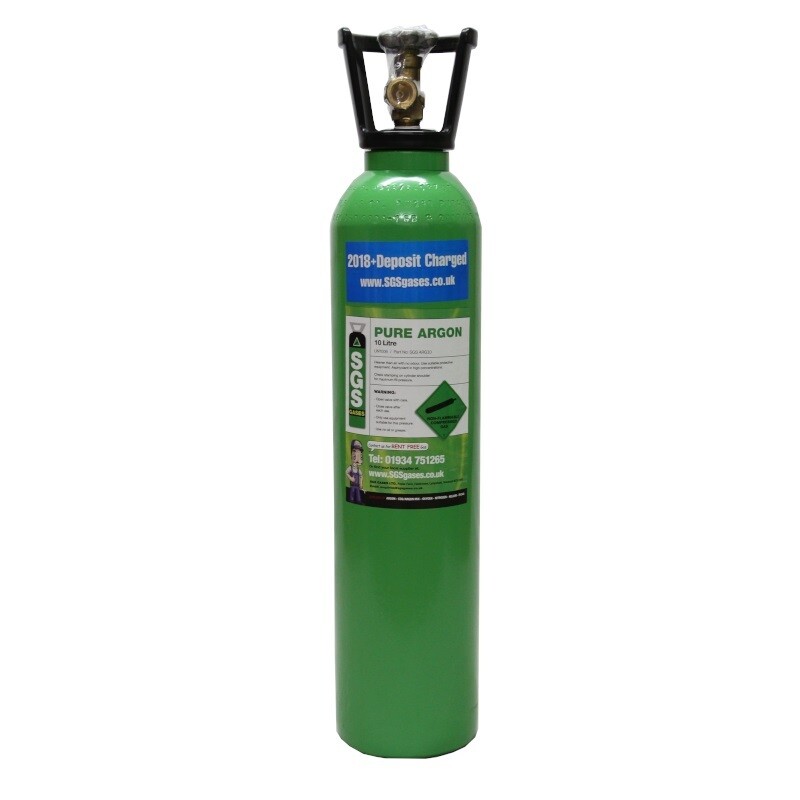
10L Pure Argon Cylinders Deposit (SGS)
10L Pure Argon Cylinders Deposit (SGS)
Price Does Not Include Gas
£80.00
£100.00 +Vat
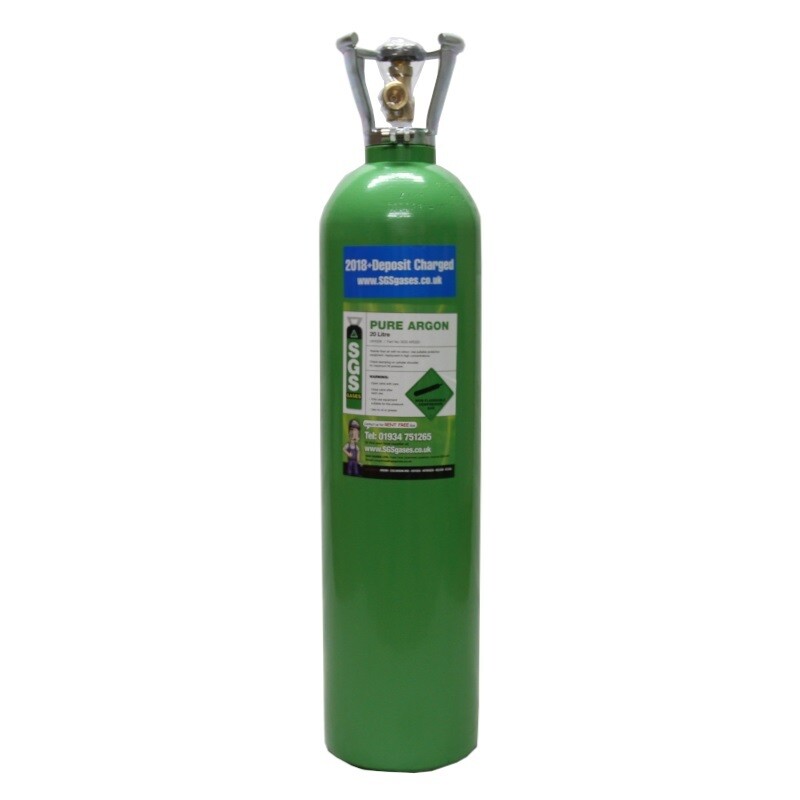
20L Pure Argon Cylinders Deposit (SGS)
20L Pure Argon Cylinders Deposit (SGS)
Price Does Not Include Gas
£100.00

10-20L size upgarde Pure Argon Cylinders Deposit (SGS)
10-20L size upgarde Pure Argon Cylinders Deposit (SGS)
Price Does Not Include Gas
£20.00

20-30L size upgarde Pure Argon Cylinders Deposit (SGS)
20-30L size upgarde Pure Argon Cylinders Deposit (SGS)
Price Does Not Include Gas
£30.00
£130.00 +Vat
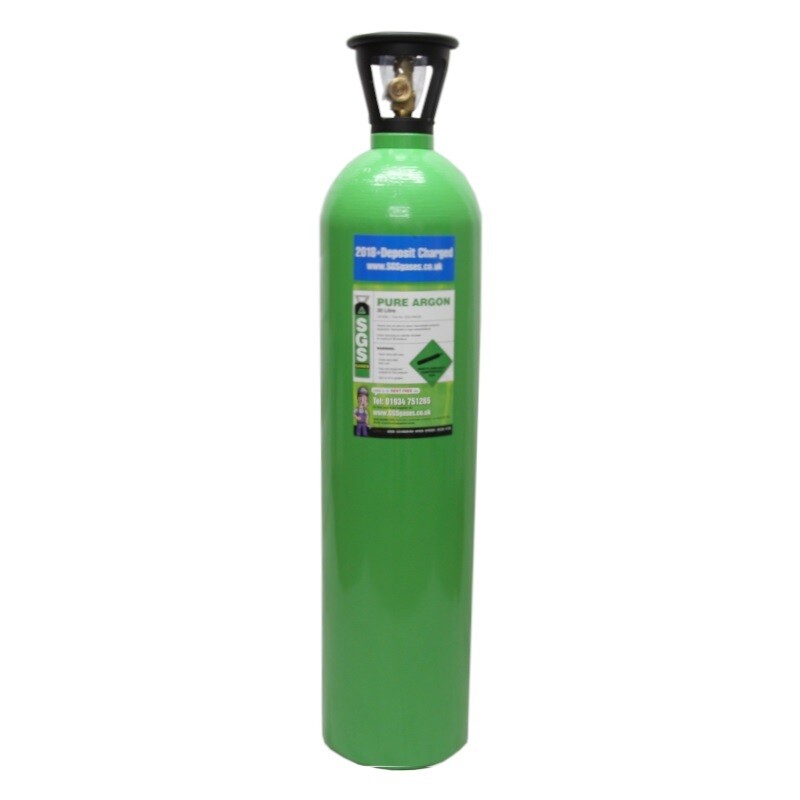
30L Pure Argon Cylinders Deposit (SGS)
30L Pure Argon Cylinders Deposit (SGS)
Price Does Not Include Gas
£130.00
Display prices in:GBP
